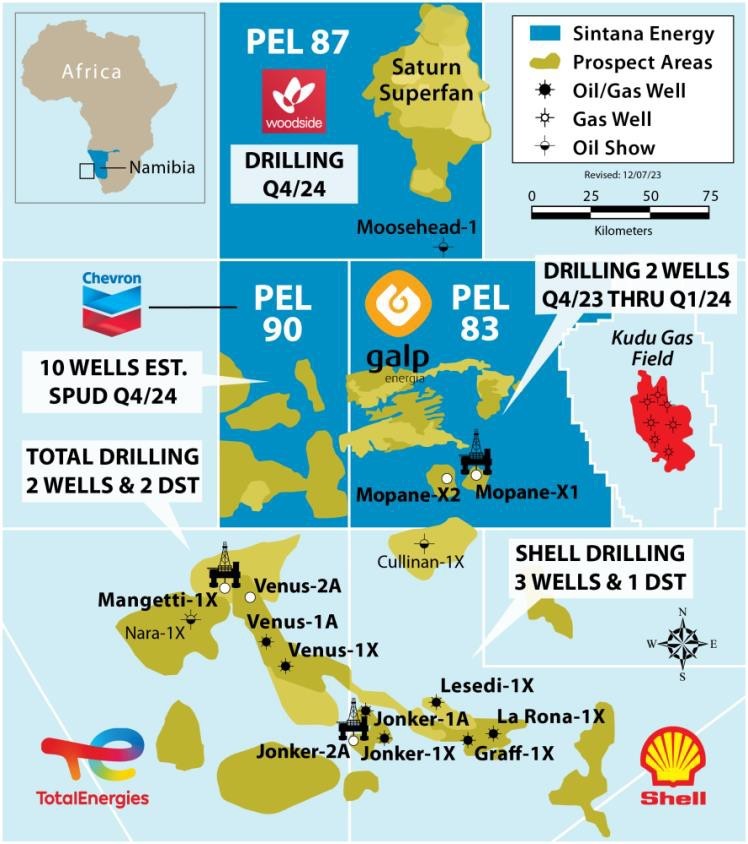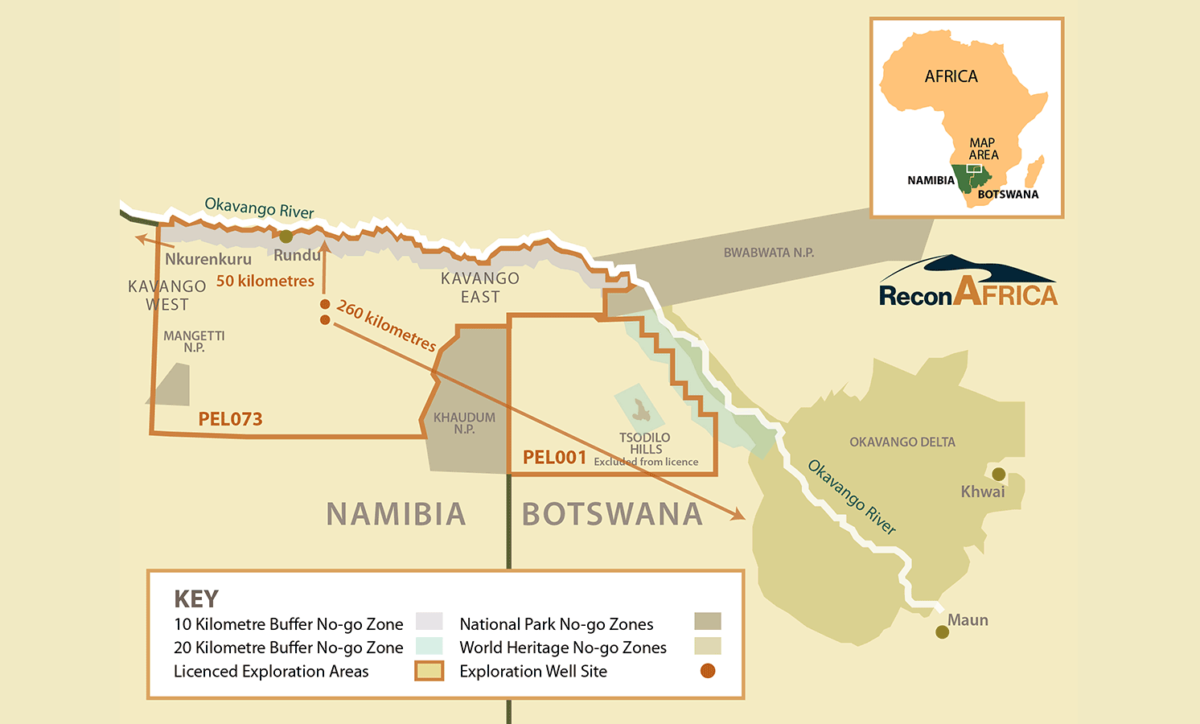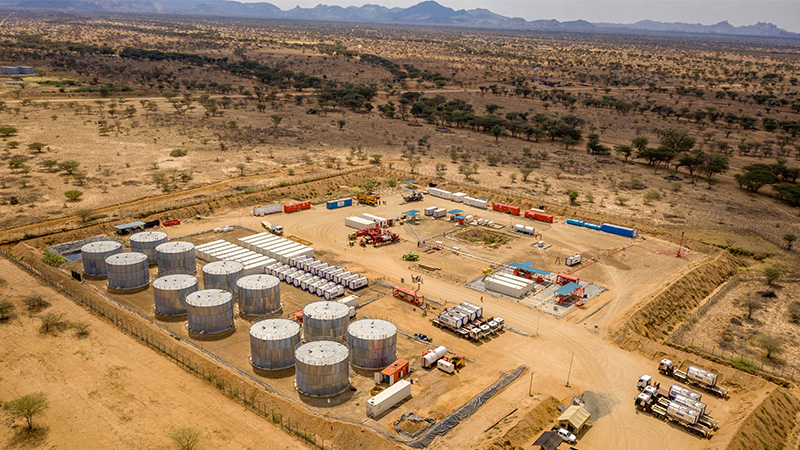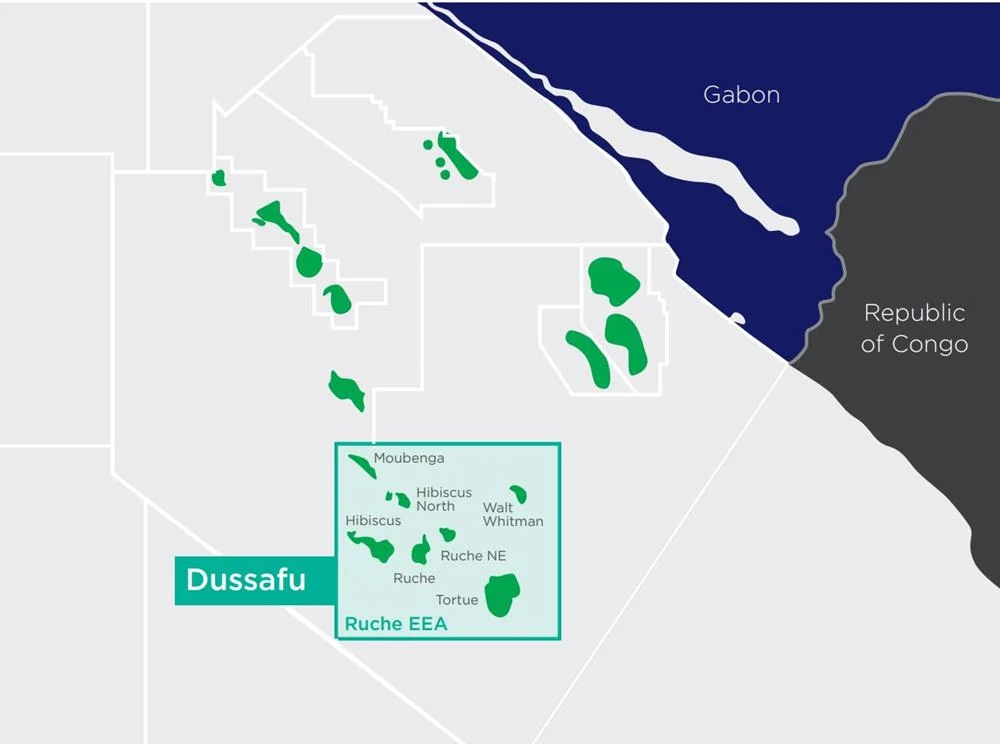OPINION: The Global Energy Transition – now comes the hard part
Jamie Stewart, Managing Editor, Energy at ICIS
Across Europe, it had all been going so well with power systems decarbonising, wind and solar capacity increasing, coal phasing out. At the same time supply security was being maintained while wholesale energy prices were not just being kept in check but, according to forward markets, gradually trending downwards into the future.
And with COP26 fast approaching, national governments had been very keen to get their carbon reduction – or in some cases net-zero – plans rolled out across Glasgow’s conference tables in time for lanyard-wearers from all corners of the globe to gather round and admire.
The sudden exposure of carefully managed energy systems to the irresistible weight of market forces has come at a bad time in the context of the low carbon transition and COP26.
Discussions around the buffet tables of Glasgow will now centre on eye-wateringly high energy prices and the ongoing importance of fossil fuels, in particular gas, for energy security. The question of just how much deeper we can cut carbon from our energy systems before newer technologies are needed should also be at the forefront.
TESTING THE LIMITS?
The recent market turbulence shows we are now at a point, at least in Europe, where renewable penetration has gone a long way but our interconnected power grids remain tethered to fossil fuels. This carries an inherent threat to affordability and potentially even supply security if we remain reliant on gas no matter the price.
To go further with renewables and ultimately decouple from volatile fossil fuels, we will need to see rapid technical progress in adjoining fields such as power storage, carbon capture, or both.
Every decade or so we see a price shock that spans the wholesale energy complex, but I defy anyone to say they could see the voracity of this year’s spikes coming. Just look at the long-term graph of the global benchmark, the ICIS TTF, rolling front-month price since 2012.
Ultimately the drivers are simple supply and demand, albeit with hints of global geopolitics just under the surface.
FINE BALANCE
Energy systems are in general finely balanced. Electricity, which still cannot be efficiently stored at large scale, is the definition of a just-in-time supply chain.
So when nations are competing on price for spot LNG cargoes, or engaging in a tug-of-war either side of an interconnector for flows of power, the impact on price is of a magnitude that puts the actual, often marginal, shift in the supply-demand balance in the shade.
Low wind and solar power output partially contributed to this year’s price spikes, but ultimately the sky-high power price was the result of electricity systems still tethered to volatile fossil-fuel markets.
As gas has this year become prohibitively expensive, entire sectors of the economy have struggled to adapt. The result has been industrial processes like fertiliser production closing down , gas-to-coal fuel switching in Europe – which, in unwelcome news for carbon reduction, ICIS analysts expect to continue throughout 2022 – and even gas-to-oil switching in Asia .
ENERGY TRANSITION
This higher price range will not be permanent. The ICIS TTF forward curve reflects an assessment across the market that global gas prices will return to what was until recently normal, pre-coronavirus levels, by the 2024 summer. But that is still three years away.
So where does the sudden resurgence of market forces leave the energy transition?
Consider this extraordinary fact: In 2020, the year of the coronavirus, China built 58GW of wind power capacity – more than the whole world combined managed in 2019.
We therefore know we can build lots of renewables globally and at a cost-effective rate. Manufacturers can churn out wind turbines and solar panels. Supply chains will expand to service all continents.
Phase one of the low-carbon energy transition is as good as over. Mission accomplished.
Now comes the hard part.

SECOND PHASE
The globe is entering phase two of the transition, in which deeper carbon reduction across energy systems will have to be achieved by a range of interventions;
– Targeted subsidies pulling new technologies to market
– Hydrogen reaching hard-to-abate sectors of the economy such as heavy industry and commercial transport
– The nut of affordable power storage at commercial scale urgently needs to be cracked
All this can theoretically be done with the right levels of investment, but it’s not just about throwing money at the problem.
As European coal plants are switched off an excess of global supply will build up, meaning coal becomes cheaper to burn in those countries that can still use the fuel.
This means the slower a country decarbonises, the less economic incentive there is to do so and a global agreement on punitive carbon pricing will at some point become necessary.
This is the challenge facing nations around the negotiating table at COP26. How to commit to targets that, to achieve, will require;
– Technologies to exist at scale that do not yet exist at scale
– Enormous levels of investment in an era when public finances are strained by an ongoing global pandemic
– Successful outcomes to complex multilateral negotiations involving nations with disparate needs and interests
The overarching issue with phase two is that no one can be sure how the goal of sustained, year-on-year carbon cuts driven by deeper renewable energy penetration will be achieved.
Yet it has to be, because we get only one shot at this.
Net zero is still the greatest challenge of our generation(s). While the target is clear, the pathway is not. And for all our careful stewardship of energy systems, market fundamentals remain an irresistible force meeting what is still today – without technological progress and successful targeted interventions – a very moveable object.











